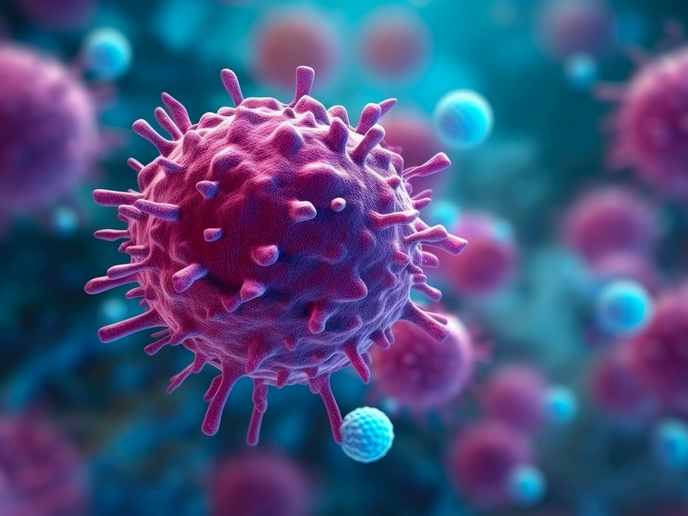How viruses go viral
During maturation, the shell of coat proteins undergoes a major conformational change from a procapsid (or prohead) to a capsid (or head) and the genome is packaged inside it. The siphophage HK97 is a model system for which intermediates can be isolated to study the underlying structural transitions. The EU-funded 'Structural studies of HK97 bacteriophage assembly and maturation' (HK97 MATURATION) project aimed to elucidate the mechano-chemical reorganisation and associated mechanisms, thermodynamics and energetics. Insight could lead to targeted therapies using HK97 as a delivery system for nanotechnology-based medical applications. HK97 assembly involves a series of steps including self-assembly of procapsids, proteolysis by enzymes, expansion (a major conformational change) and covalent cross-linking. These dynamics are associated with changes in free energy. In particular, the cascade is punctuated by the irreversible processes of proteolysis and cross-linking that lower kinetic barriers and impart stability to the newly formed entities. Scientists exploited an HK97 subunit mutation (protease-free) that prevents formation of cross-links or similar non-covalent interactions and a specialised expression system. The tools stop maturation at the first expansion intermediate (Expansion Intermediate I) prior to cross-link formation. The team compared these intermediates with mature Head II particles obtained from protease-loaded Prohead I. Characterisation utilised advanced cryo-electron microscopy, including X-ray crystallography, electron microscopy and tomography with single-particle protocols. The experiments enabled identification of the mechanical role of the Brownian ratchet mechanism in maturation. The Brownian ratchet theory describes how non-equilibrium fluctuations under special conditions can induce mechanical force and motion. It has been applied extensively to models of molecular motors. Researchers determined the sub-nanometre structure of the cross-link-free Expansion Intermediate I particle. The observed coat subunit conformations suggest that release of structural strain adds energy that assists in cross-linking and capsid maturation. Further, the exothermic nature of maturation appears to be the result of interactions that stabilise downstream intermediates. HK97 MATURATION has successfully elucidated mechanisms fostering virus transition from an initially assembled non-infectious and fragile particle to a stable and infectious virion. The work makes an important contribution to future development of antiviral therapies for a variety of infectious diseases.
Keywords
Capsid, virus, HK97, bacteriophage, expansion intermediate, cross-link formation







